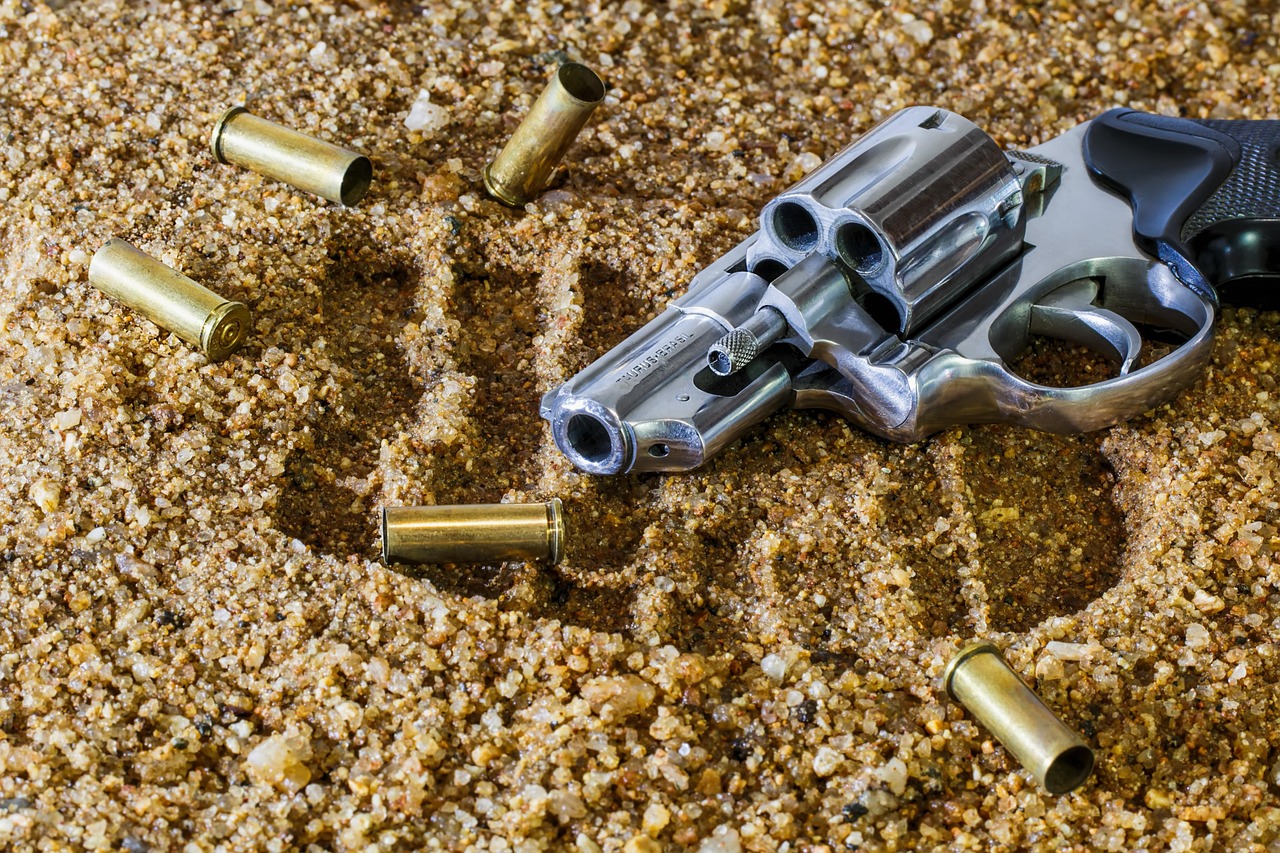
Juanjo Gómez, a retired National Police officer, has dedicated his career to pursuing major drug lords and dismantling their empires. Today, he has become a “reference book” for new agents.
On Monday, April 21, at 8:15 p.m. in Calahonda, Mijas, a 30-year-old Englishman was riddled with bullets after the end of a soccer match. At least ten shots struck him. A few minutes later, a Seat Cupra with foreign license plates was ablaze some distance away. Two charred pistols and the body of the Briton were found inside the burned-out vehicle. Just 48 hours later, the owner of a farm in the same town discovered a lifeless man in handcuffs, showing signs of not having breathed for days. This may be related to a suspected kidnapping already under investigation by the National Police.
It’s no secret that the Costa del Sol has been considered the “Santa Barbara of Spain” since the end of the last century, and that gunshots are fired from time to time. But when bullets fly through the air more frequently, the concern grows among “ordinary” neighbors—even those who live with gangsters on a daily basis—and among the authorities, who assure them that the number of incidents is lower than last year and that there can be no talk of an upswing. Those investigating the masterminds are also examining the development of organized crime, which has been particularly worrying recently.
“In the 1990s, there were already scores of scores here, but they were more selective. Today, they are more ruthless, unscrupulous, and brutal,” reports a veteran national police officer. His name is Juan José Gómez Millán, a native of Granada who joined the first staff of what was then known as International Crime II in Málaga, now Udyco Organized Crime. There, he spent two decades—from 1996 to 2016—pursuing major capos who had settled on the coast. The final phase of his career was dedicated to dismantling their empires, particularly Group III, which combated money laundering.
At the age of 23, he decided to take the exam to join the corps. He had no “blue blood,” but the patrol officers of Area 12 and Detective Frank Cannon had awakened his passion for investigations as a child. He passed the exam and entered the training school in Badajoz (there were four academies at the time). His first destination, Barcelona, coincided with the 1982 World Cup, where he ended up in the Mobile Force, a unit that today corresponds to the UPR. He also worked for the escort brigade in Madrid and for citizen security at the Carabanchel police station. In this latter position, he experienced the “Heroin War”: “We seized about 45 kilos a year. That’s a significant amount of drugs.”
In January 1996, he arrived in his adopted home of Málaga. By then, the coast had already established itself as a global headquarters of organized crime. As he recounts in an interview with SUR, the first to settle there were those in the 1960s, including those responsible for the famous Glasgow train robbery, which marked a turning point in the history of major robberies. “Back then, there was virtually no international cooperation, and extradition treaties dated back to the 19th century. So they sought refuge here and started buying land.”
At the same time, tourism increased, and Málaga’s historic fishing villages became the cradle of the jet set. Festivals, luxury, and splendor, combined with an unbeatable climate, made the region a haven for large fortunes. The strategic location, about 14 kilometers from Morocco – the world’s largest hashish producer – and only an hour and a half’s drive from Algeciras – one of the gateways for cocaine to the European continent – and from Gibraltar – a tax haven – favored the establishment of organized crime, which was primarily linked to drug trafficking.
The retired agent illustrates this as follows: “Organizations are like multinational corporations, and Marbella is the Wall Street of crime. Any self-respecting organization needs to be present on the organized crime market. The heart lies on the Costa del Sol, and if you don’t have a delegation here, you’re nobody.” Nevertheless, according to the veteran, several factors have contributed to the increase in violence in this competitive environment.
On the one hand, “the mafia is recruiting increasingly younger children.” Several elements come into play here: what Americans call “copycats,” when someone lives a life of glamour and luxury, and the myth of Pablo Escobar, the vulnerable children living on the streets who are attracted to the organization., fed, and even housed. The younger the age, the fewer rules and the more bravado.
On the other hand, Gómez Millán warns of a rise in gangs, not organizations. The latter “consist of several people united by a charismatic leader; they may specialize in committing a crime and have no rules.” In contrast, organizations have “structure and command. To identify them, we have always distinguished between hierarchies, selective use of force, financial corporate networks for money laundering, and the use of corruption.”
With these premises, Juanjo and his team were the scourge of the Tambovskaya (Russian Mafia) and the Kinahan (Irish) during their 26 years of service. At 67, having retired two years ago—not retired, as he himself says—he has become a “reference source” for new agents. Although he no longer wakes up as early as he used to, he remains affiliated with the United Police Union (SUP). “There’s a lack of resources,” he complains. “There aren’t enough police officers to chase every drug narco.” But as long as agents like him exist, the criminals won’t be able to move freely.



